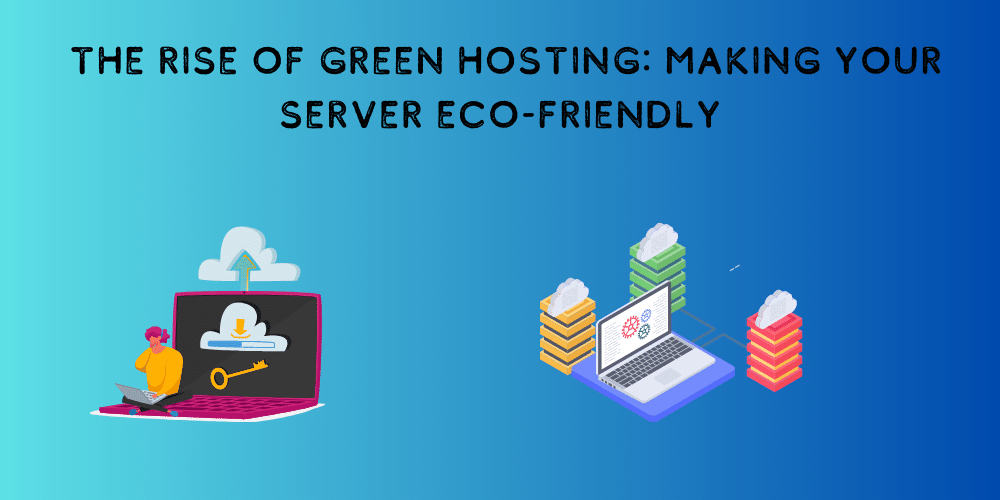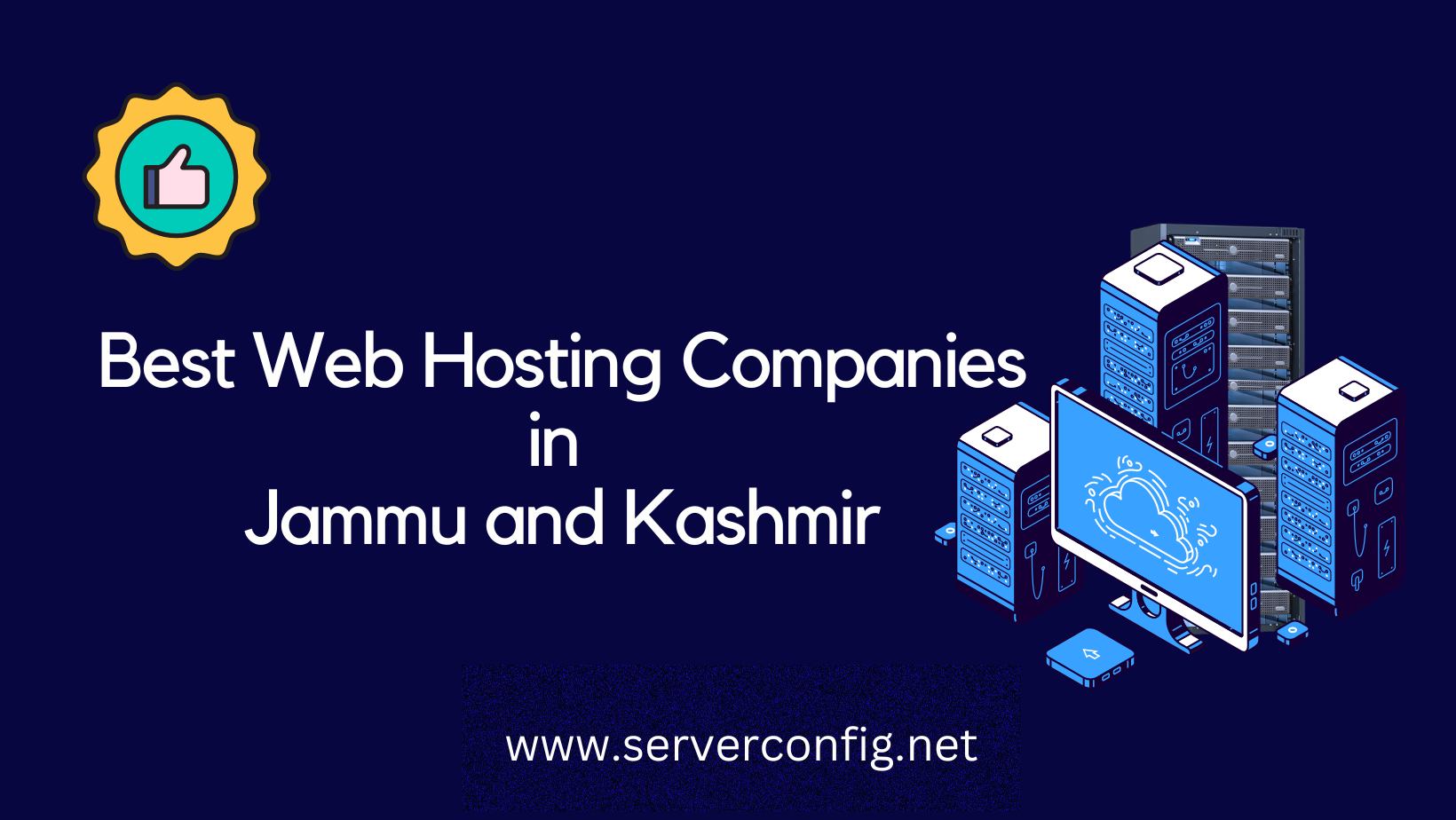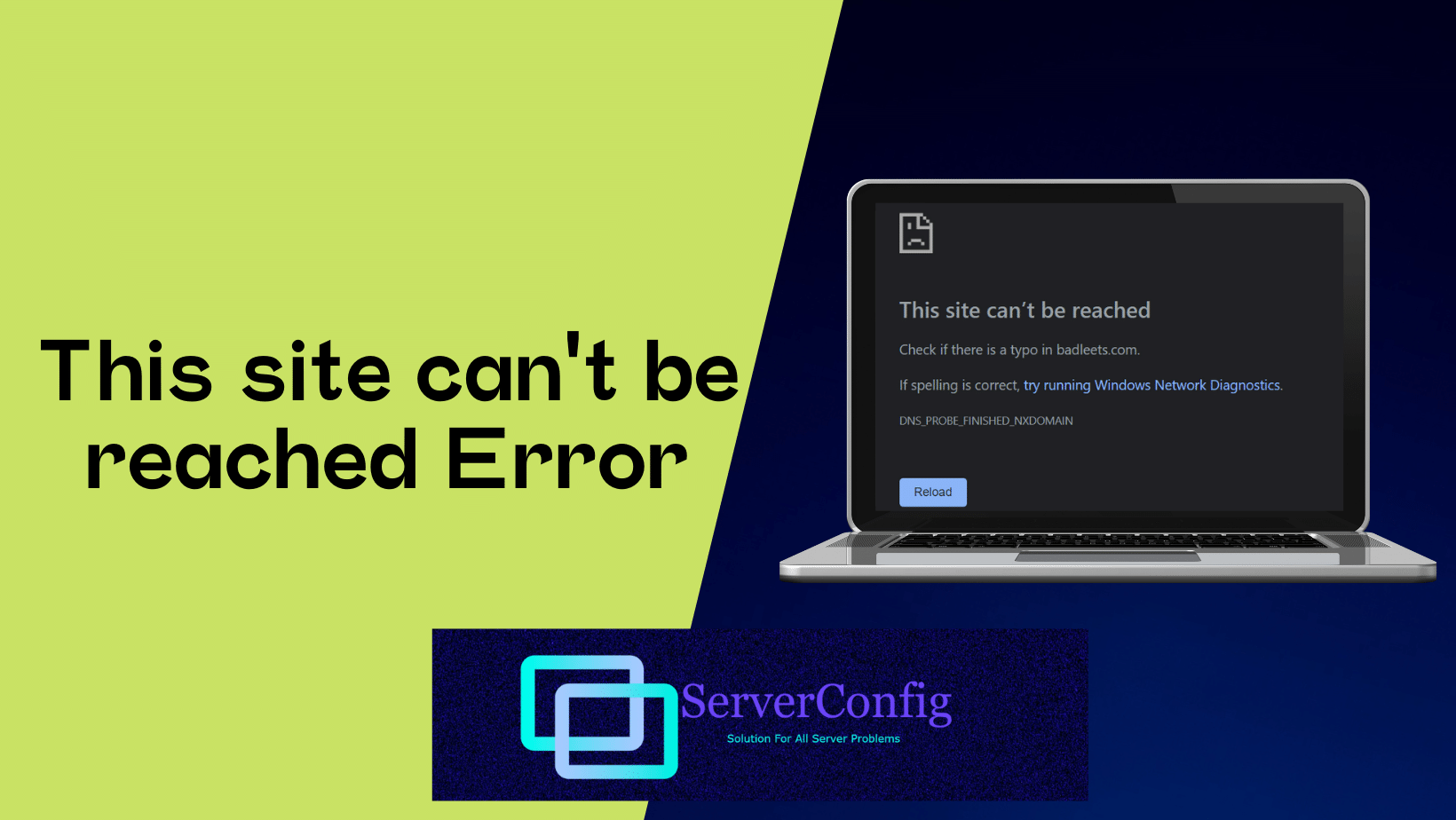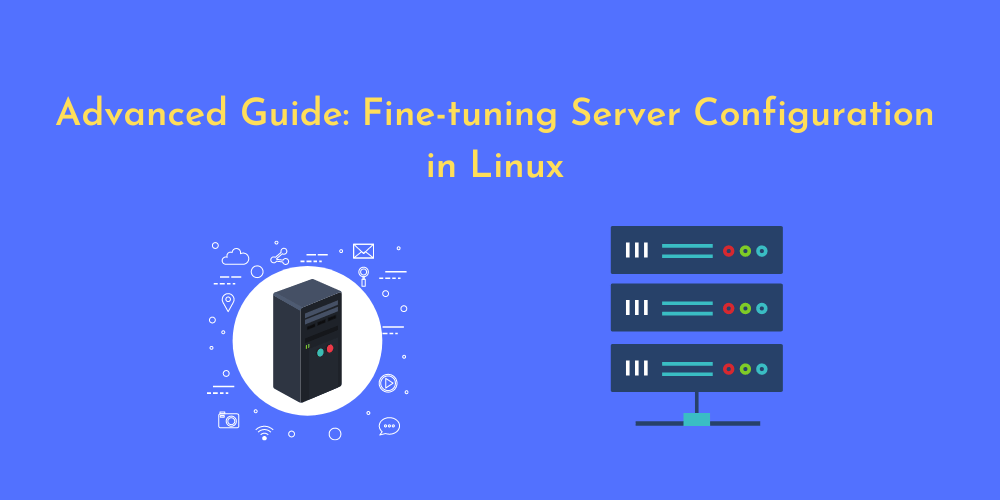Introduction:
In today’s digital age, the demand for web hosting services has skyrocketed. With millions of websites and online businesses relying on servers to stay operational, the environmental impact of these data centres has become a growing concern. However, there is a positive trend emerging in the hosting industry – the rise of green hosting. This article will explore the concept of green hosting and provide practical tips on how you can make your server eco-friendly.
Understanding Green Hosting
What is Green Hosting?
Green hosting, also known as eco-friendly hosting or sustainable hosting, refers to the practice of using energy-efficient technologies and renewable energy sources to power and manage servers and data centres. Unlike traditional hosting methods that rely heavily on fossil fuels, green hosting aims to reduce carbon emissions and minimize the environmental footprint of websites and online services.
Why is Green Hosting Important?
The impact of traditional hosting methods on the environment is significant. Data centres consume massive amounts of energy, contributing to carbon emissions and depleting natural resources. Green hosting addresses these concerns by embracing sustainable practices, such as using renewable energy, improving energy efficiency, and implementing recycling programs. By adopting green hosting, we can reduce our carbon footprint and contribute to a more sustainable future.
Making Your Server Eco-Friendly
Choose a Green Hosting Provider
The first step in making your server eco-friendly is to choose a green hosting provider. Look for hosting companies that prioritize sustainability and have a commitment to using renewable energy sources. Research their environmental initiatives and certifications, such as LEED (Leadership in Energy and Environmental Design) or EPA Green Power Partnership. By selecting a green hosting provider, you can ensure that your website operates on servers powered by clean energy.
Optimize Energy Efficiency
Energy efficiency plays a vital role in reducing the environmental impact of your server. Consider implementing the following strategies to optimize energy usage:
- Virtualization: Virtualization allows multiple virtual servers to run on a single physical server, reducing overall energy consumption.
- Server Consolidation: Consolidating multiple servers onto a single machine can reduce energy consumption and improve efficiency.
- Hardware Upgrades: Upgrading to energy-efficient hardware, such as solid-state drives (SSDs) and low-power processors, can significantly decrease energy usage.
- Power Management: Enable power-saving features, such as sleep mode and dynamic frequency scaling, to reduce energy consumption during idle periods.
Embrace Renewable Energy
One of the most impactful ways to make your server eco-friendly is by powering it with renewable energy sources. Consider the following options:
- Solar Power: Install solar panels to generate clean energy onsite or purchase Renewable Energy Certificates (RECs) to offset your server’s energy consumption.
- Wind Power: Explore the possibility of purchasing wind energy credits or partnering with wind farms to power your server with renewable wind energy.
- Geothermal Energy: If available, utilize geothermal energy as a sustainable power source for your server.
Reduce, Reuse, and Recycle
Implementing the principles of reduce, reuse, and recycle can significantly contribute to making your server eco-friendly:
- Reduce Energy Consumption: Optimize your server’s configuration to minimize energy usage and eliminate unnecessary processes or services.
- Reuse Equipment: Whenever possible, reuse and repurpose old servers or components instead of discarding them.
- Recycling Programs: Partner with responsible e-waste recycling companies to properly dispose of electronic equipment at the end of its life cycle.
Monitor and Optimize Resource Usage
Regularly monitor and optimize your server’s resource usage to identify inefficiencies and areas for improvement. Utilize server monitoring tools that provide insights into CPU utilization, memory usage, and disk space. By identifying resource-intensive processes or applications, you can optimize their configurations and reduce resource waste.
Benefits of Green Hosting
Environmental Benefits
Green hosting significantly reduces carbon emissions and dependence on non-renewable energy sources. By choosing renewable energy and implementing energy-efficient practices, we can mitigate the environmental impact of hosting services and contribute to the fight against climate change.
Cost Savings
Green hosting practices can also lead to cost savings. By optimizing energy efficiency, you can reduce electricity bills and operational costs. Additionally, some governments and organizations offer incentives and tax breaks for adopting sustainable hosting practices, further enhancing the financial benefits.
Brand Reputation and Marketing Advantage
Operating on an eco-friendly server can enhance your brand’s reputation and attract environmentally-conscious customers. By promoting your commitment to sustainability, you differentiate yourself from competitors and tap into a growing market segment that values businesses with ethical and sustainable practices.
Conclusion:
As the world becomes increasingly aware of the environmental impact of technology, green hosting is gaining traction as a responsible and sustainable solution. By adopting eco-friendly practices, optimizing energy efficiency, and embracing renewable energy, you can make your server more environmentally friendly. Not only will you reduce your carbon footprint, but you will also enjoy cost savings, enhance your brand reputation, and contribute to a greener future. Embrace the rise of green hosting and make a positive impact on the environment while maintaining a reliable and efficient online presence.












![8 Uniq Command Examples [Remove Duplicate Lines in Linux]](https://wecareserver.com/wp-content/uploads/2023/07/8-Uniq-Command-Examples-Remove-Duplicate-Lines-in-Linux.png)







No Comments
Leave a comment Cancel